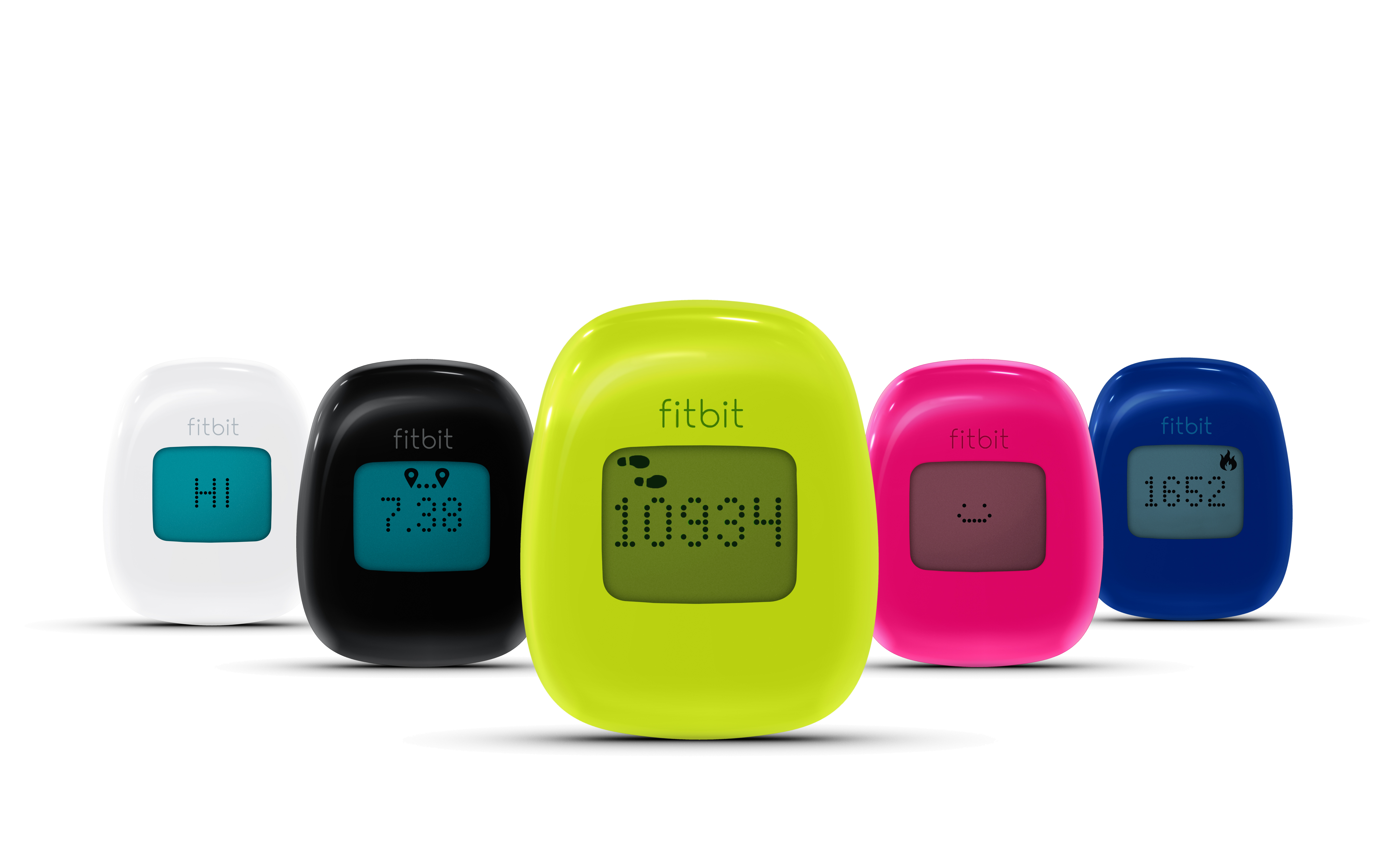Fitbit Zip: Fitness Tracker Review

Editorial note: The Fitbit Zip has been discontinued. You can still find the model on some reselling sites, but we'd recommend looking through our list of the best Fitbits or best fitness trackers if you're looking for a new wearable.
The Fitbit Zip is an economical fitness tracker. Priced at $59.95, it is one of the least expensive trackers on the market. (For comparison, the Fitbit One and Withings Pulse are both $99.95.) But does the Zip's lower price mean compromising on features?
We tested this tracker out for a week to see how it compares to other devices. Here's a look at how much you get for the bargain price.
Overall Rating: 6/10
If you're looking for an inexpensive, basic tracker that provides a bit of motivation, the Zip is a good one. But the Zip lacks some of the frills you'll see with more expensive devices, including sleep tracking, a lit- up screen, an alarm and a way to track the floors you climb.
Design/Comfort: 5.5/10
The Zip is a small, lightweight device (weighing just 8 grams, or 0.28 ounces), and has a smooth, sleek feel. You can easily slip the Zip in your pocket and forget it's there. You can also place the Zip in the provided clip, and wear it like a pedometer on your waistband. For those who like a choice of colors, the device comes in five: black, white, blue, lime green and pink.
The screen is easy to read, but it does not light up, so you won't be able to check your steps in the dark.
Get the world’s most fascinating discoveries delivered straight to your inbox.
The Zip tracks three basic metrics: steps taken, calories burned and distances walked. Unlike its more expensive cousin the Fitbit One, the Zip does not track floors climbed, or hours slept.
You don't have to worry about charging the Zip — it comes with a watch battery — but you will need to replace the battery every four to six months.
User-Friendliness: 6/10
The tracker itself does not have any buttons. To see your metrics, you tap the device with your finger. In a world of touch screens and push-buttons, the idea of tapping something takes a little getting used to, but it works fairly well once you get the hang of it.
As with all Fitbit devices, you can sync the Zip wirelessly with your mobile phone to see your data on the accompanying app, or check your stats on the Web through your Fitbit account. The Zip comes with a wireless dongle (a small piece of hardware you plug into a USB port), which allows you to sync it directly to your computer. This feature may be especially useful for people who don't have smartphones.
You can use the app to track how many calories you consume by entering a record of the food you eat through the app, or through your account. If you enter a weight goal, the app will calculate how many calories you can still eat today to stay on track with your goal. This may be a useful feature for people interested in weight loss.
Value of Information: 6/10
Fitbit has default goals for physical activity, so you don't have to set them yourself if you're not sure what your goal should be. The default goals are: 10,000 steps a day, 5 miles a day, 30 "active" minutes. However, I could not find an explanation for why Fitbit picked these goals in particular — is this how active you need to be to be healthy? The app didn't make that clear. (In contrast, the Withings Pulse, which is also a pedometer-like fitness tracker, sets a goal of 150 minutes of walking or other activity a week, citing the Centers for Disease Control and Prevention's recommendations for physical activity.)
Enjoyment/Inspiration: 6/10
Like all Fitbit devices, the Zip tries to motivate you to become more active. On the device itself, you'll see smiley/silly faces that change depending on how active you've been. The app will also prompt you to take some more steps if you are close to your daily goal, which may give you the extra push you need.
You can connect with friends who also have a Fitbit through the app or Fitbit account, and see how your activity compares to theirs, which may also encourage you to increase your step count.
You can earn "badges" that appear on your account when you reach fitness milestones, such as a badge for reaching 50 "lifetime" miles.
However, with no lights or words on the screen itself, the Zip is, well, just a bit boring to look at, which may affect how likely you are to keep using it.
Editor’s Note: In February 2015, we changed the rating system we use in our fitness tracker reviews from a 5-star system to a 10-point system. Not all of our ratings were a straight conversion (i.e. 2/5 stars = 4/10 points). Instead, we adjusted some of them in order to give our readers a better idea of how these devices perform in relation to each other.
More Reviews: See all our Fitness Tracker Reviews to find the best one for your needs.
Follow Rachael Rettner @RachaelRettner. Follow Live Science @livescience, Facebook & Google+.

Rachael is a Live Science contributor, and was a former channel editor and senior writer for Live Science between 2010 and 2022. She has a master's degree in journalism from New York University's Science, Health and Environmental Reporting Program. She also holds a B.S. in molecular biology and an M.S. in biology from the University of California, San Diego. Her work has appeared in Scienceline, The Washington Post and Scientific American.


